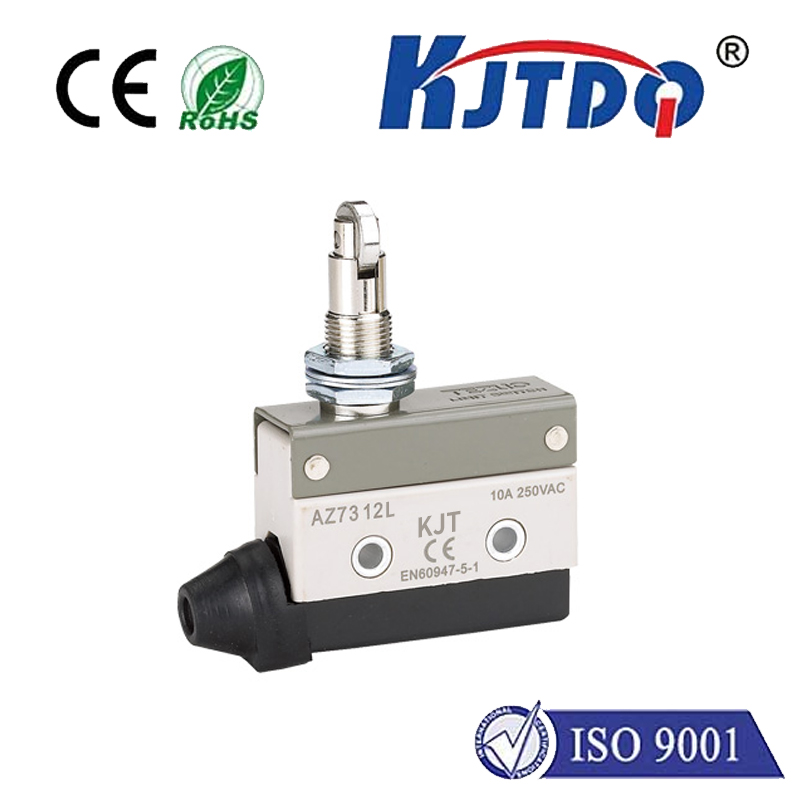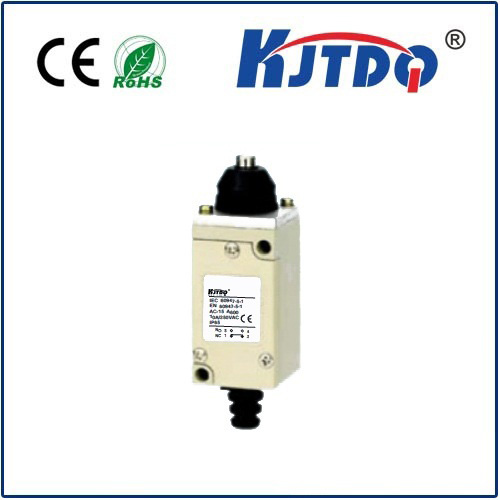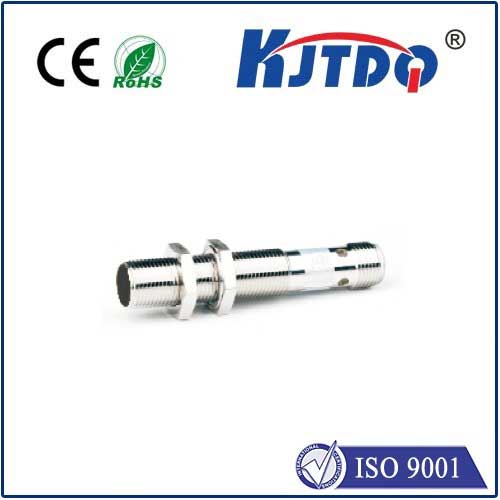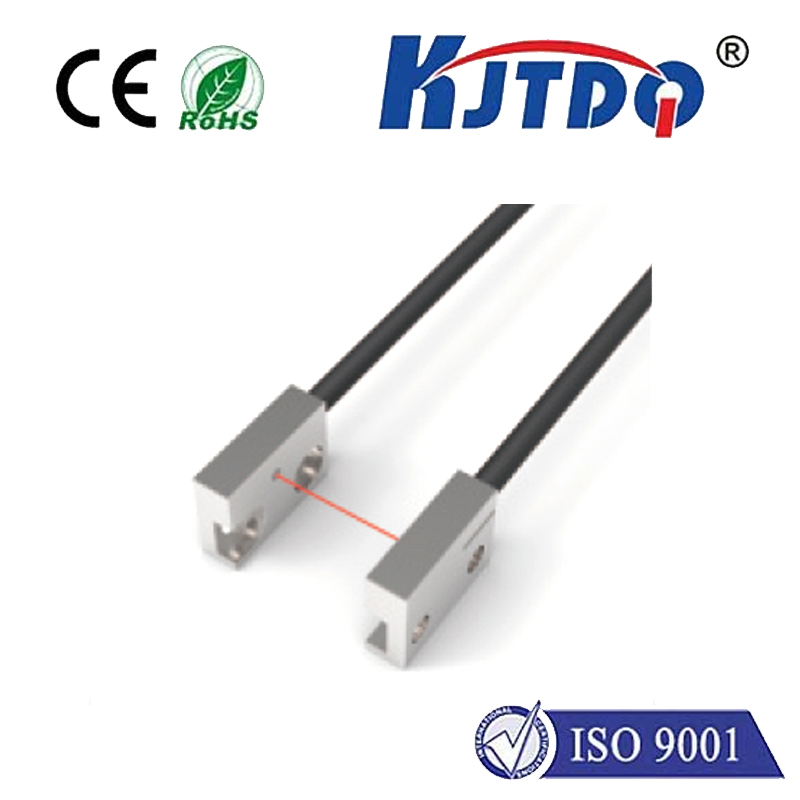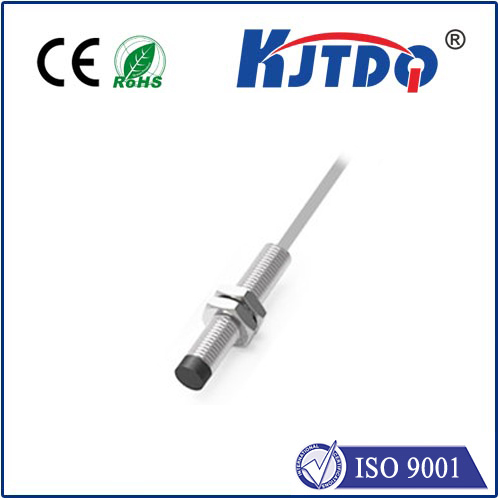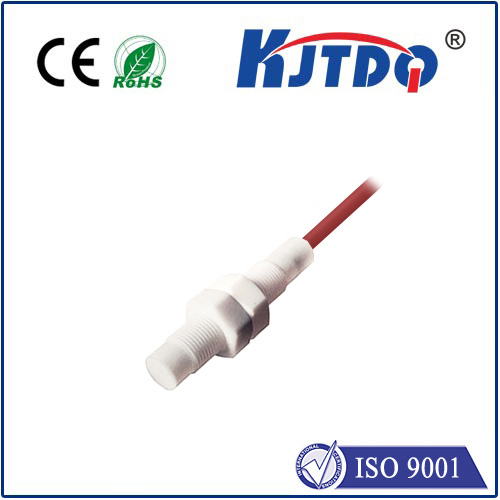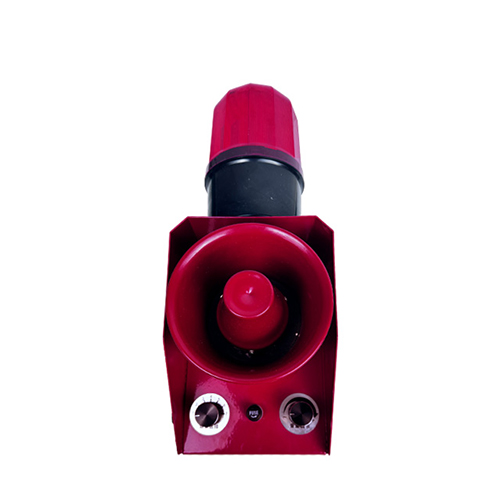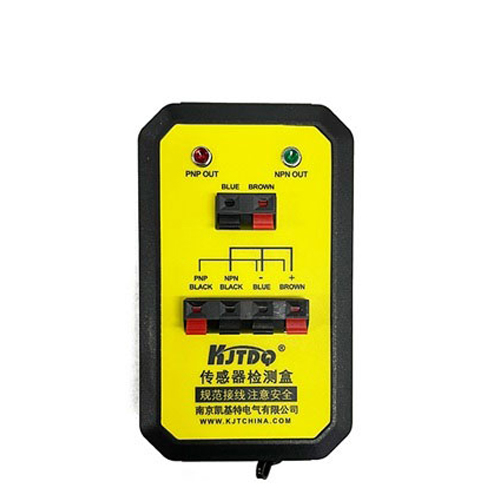

check

check

check

check

check

check

check

check

check

check
Mechanical Plunger Switch: A Versatile Tool for Industrial Applications
In the world of industrial automation and control, the mechanical plunger switch has emerged as a reliable and versatile tool. This device is designed to detect the presence or absence of an object, liquid level, or pressure and convert it into an electrical signal that can be used to control various processes. In this article, we will explore the different aspects of mechanical plunger switches, including their design, application, and benefits.
Design and Working Principle
A mechanical plunger switch typically consists of a switch body, a plunger, and a spring mechanism. The plunger is made of a durable material such as stainless steel or brass and is connected to the switch body through a shaft. The spring mechanism provides the necessary force to keep the plunger in its default position when no external force is applied. When an object or fluid comes into contact with the plunger, it moves against the spring force, activating the switch inside the body.
The switch inside the body can be either normally open (NO) or normally closed (NC), depending on the application requirements. In a NO switch, the circuit is open when the plunger is in its default position, and it closes when the plunger is activated. Conversely, in an NC switch, the circuit is closed when the plunger is in its default position, and it opens when the plunger is activated. Some mechanical plunger switches also feature changeover contacts that allow for both NO and NC configurations within a single switch.
Applications

Mechanical plunger switches are widely used in various industries due to their simplicity, reliability, and ability to operate in harsh environments. Some common applications include:
1. Level sensing: In tanks and vessels, mechanical plunger switches can detect the presence or absence of liquids, solids, or slurries. They can be used to trigger alarms or controls when the level reaches a certain point or prevent equipment damage by stopping pumps when the level is too low.
2. Object detection: In packaging and assembly lines, mechanical plunger switches can detect the presence or absence of objects on conveyors, chutes, or hoppers. They can be used to count items, monitor production rates, or trigger sorting mechanisms based on size or weight.
3. Pressure monitoring: In pneumatic and hydraulic systems, mechanical plunger switches can detect changes in pressure and provide feedback to controllers or operators. They can be used to monitor system health, detect leaks or blockages, or adjust process parameters accordingly.
Benefits
Mechanical plunger switches offer several advantages over other types of sensors and switches, making them an ideal choice for many industrial applications. Some of these benefits include:
1. Simplicity: Mechanical plunger switches have a straightforward design with no complex electronics or software required. This makes them easy to install, maintain, and troubleshoot.
2. Reliability: Mechanical plunger switches are built to withstand harsh environments, including high temperatures, vibrations, and corrosive chemicals. They have few moving parts and do not rely on fragile components like glass or plastic lenses found in optical sensors.
3. Versatility: Mechanical plunger switches can be customized to fit various mounting configurations and process connections, allowing them to work with different types of materials and processes. They can also be combined with other sensors or switches to create more complex control strategies.
4. Cost-effectiveness: Compared to other sensor technologies, mechanical plunger switches are generally less expensive and require less maintenance over time. This makes them a cost-effective solution for applications where precision sensing is not critical but reliability and durability are essential.
In conclusion, mechanical plunger switches are a valuable tool for industrial applications that require simple yet reliable solutions for detecting changes in physical parameters such as level, pressure, or object presence. Their robust design, versatility, and cost-effectiveness make them an attractive option for engineers looking to improve process efficiency and reduce downtime in various industries.

